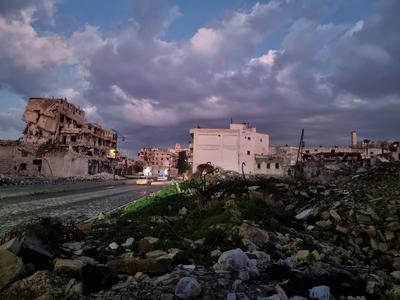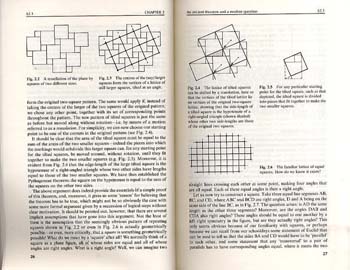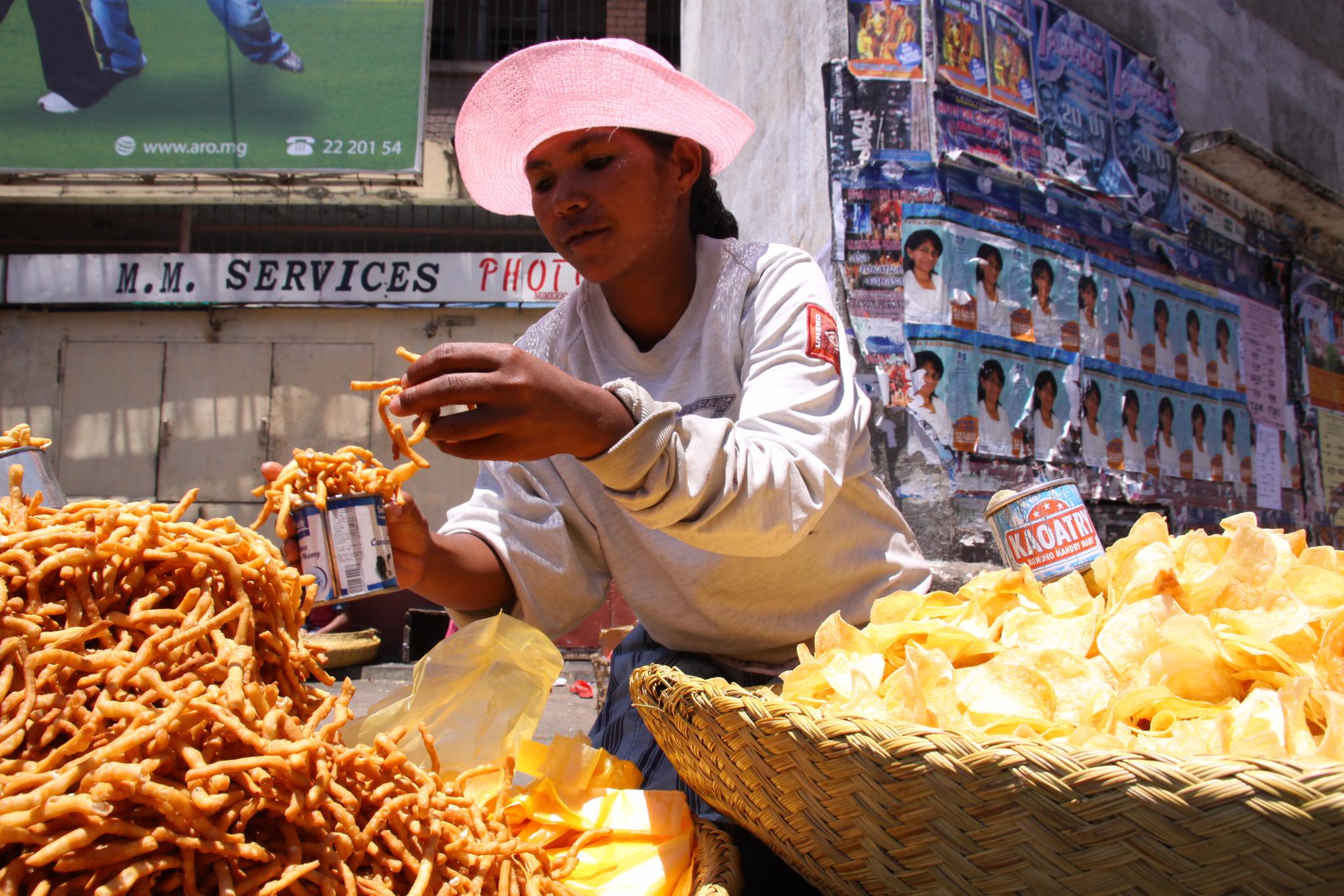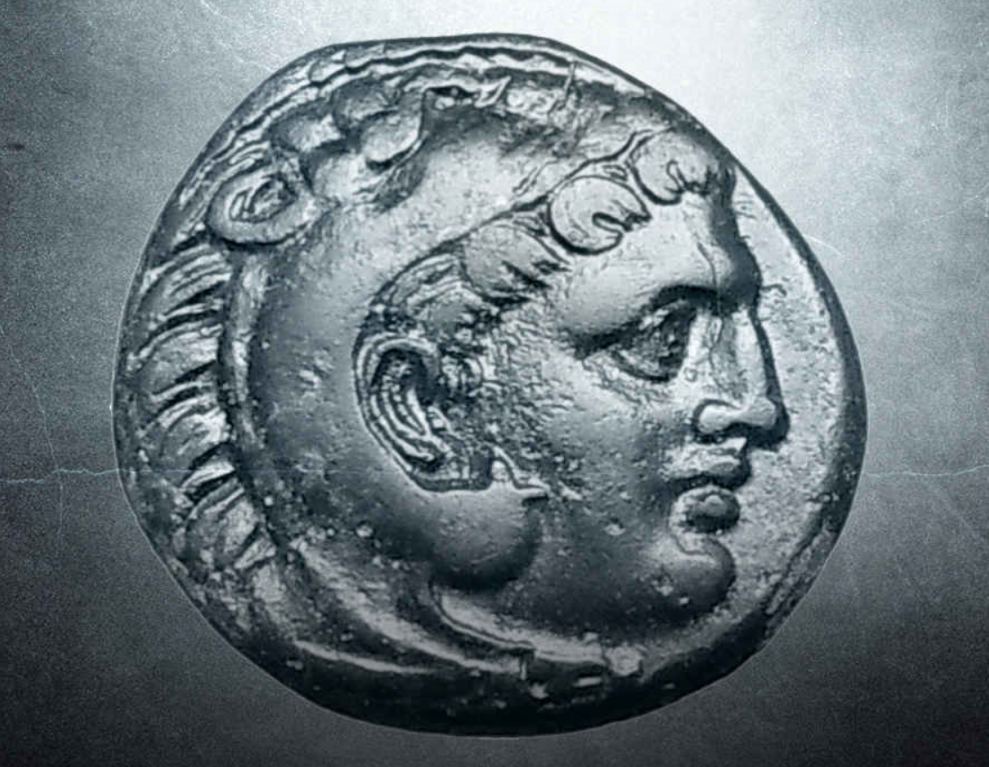Kabul: The Cultural, Historical, and Modern Heart of Afghanistan
A City Rooted in History
Kabul, the capital city of Afghanistan, stands as a testament to both ancient glory and modern resilience. Nestled between the foothills of the Hindu Kush mountains in central Afghanistan, Kabul has been a crossroads of civilization since antiquity. Its rich history spans thousands of years, making it a unique blend of cultural diversity, religious significance, and historical landmarks.
Lying at an altitude of approximately 1,800 meters above sea level, Kabul is known for its strategic location along the Silk Road, an ancient network of trade routes that connected Eastern and Western Asia. This strategic position allowed the city to prosper as a hub of commerce, culture, and diplomacy.
Archaeological Evidence and Early History
The earliest historical records of Kabul date back to the 5th century BC, when King Darius I of Persia mentioned it in his inscriptions in the Behistun inscription. Throughout the centuries, Kabul has been influenced by various empires and dynasties, including the Achaemenids, Seleucids, Greco-Bactrians, Kushans, Kushan Shahis, Hephthalites, Islamic caliphates, Mongols, Timurids, Hotakis, Durrani Empire, and many others.
In more recent times, archaeological discoveries provide insights into the city’s early settlement. Excavations at Surkh Kotal near Kabul revealed a fortified settlement from the late Bronze Age, dating back to around the 4th millennium BC. These findings suggest that Kabul was already an important center in prehistoric times, long before the advent of major empires.
Islamic Era and Medieval Period
The rise of Islam in the 7th century AD significantly impacted Kabul. By the 9th century, Kabul had become an important city under the Samanids, who established their capital at Bukhara (now in Uzbekistan) but made Kabul their secondary seat due to its importance as a trading center.
Sometime in the 10th century, the Ghaznavids made Kabul their provincial capital, and it began to flourish under their rule. During the reign of Mahmud of Ghazni, Kabul became a prominent center of trade and learning, attracting scholars and artists from different parts of the Muslim world. Unfortunately, much of the historical architecture from this period has either been lost or destroyed over time.
The Afghan Kings and British Influence
The arrival of the Mughals in the 16th century brought further changes to Kabul. Following the fall of the Delhi Sultanate, various Afghan leaders took control of the region, including Ahmad Shah Durrani, who founded the Durrani Empire in 1747. He declared Kabul as the new capital, marking the beginning of a new era of stability and prosperity.
This period saw significant construction, including the famous Istalif Minaret, which dates back to the 18th century and still stands today. During this time, Kabul became renowned for its gardens, most notably the famous Char Bagh gardens, known for their geometric design and water channels, which have influenced garden layouts worldwide.
By the mid-19th century, tensions arose between the Afghan kings and British influence in India, leading to conflicts such as the First Anglo-Afghan War (1839–1842). Kabul was occupied by the British during these wars, and the British presence significantly affected the city's urban landscape. Many European architects and engineers were involved in the reconstruction and development of Kabul during this period, leading to the inclusion of modern architectural styles alongside traditional ones.
Twin Towers and Modern Challenges
The late 19th and early 20th centuries witnessed further transformations. In 1929, King Amanullah Khan initiated extensive urban planning reforms aimed at modernizing Kabul. Among his ambitious projects was the construction of twin towers called the Twin Towers of Kabul (Daud Khan and Amanullah Khan towers), which were meant to embody the aspirations of Afghanistan’s modernization.
These plans were cut short after Amanullah was deposed in 1929, but the legacy of his vision continued through subsequent decades. The city experienced rapid growth and development, driven by government initiatives and foreign aid. By the 1970s, Kabul boasted modern structures, schools, hospitals, and roads, making it one of the most developed cities in Central Asia.
However, the late 20th century brought profound challenges. The Soviet invasion of 1979 and the subsequent civil war severely damaged the city. Much of the infrastructure was destroyed or left in disrepair. The city suffered from decades of conflict, including the Taliban’s rise to power in the early 2000s. Despite these challenges, Kabul managed to rebuild in the post-conflict era, transforming into a bustling metropolis once again.
The modern city of Kabul now faces new challenges, including economic development, urban planning, and ensuring the welfare and safety of its citizens. As the capital of Afghanistan, Kabul continues to play a crucial role in the country’s political and social life, serving as a melting pot of cultures and communities.
Conclusion
Kabul’s journey through time reflects the complex interplay of various civilizations and empires. From a settlement with ancient origins to a bustling administrative center, Kabul has endured periods of prosperity and turmoil. Today, it stands as a resilient city, adapting to change while preserving its rich cultural heritage.
The story of Kabul is far from over; as it moves into the future, the city offers a fascinating glimpse into Afghanistan’s past and its path towards modernization and progress.
Economic and Cultural Life in Modern Kabul
Today, Kabul is bustling with economic activity despite ongoing challenges. The city is a vital hub for agriculture, industry, and trade. Agriculture plays a significant role, with nearby provinces contributing a substantial portion of the country's wheat production. Industrial parks and manufacturing facilities have emerged, particularly in textiles and food processing. Marketplaces like Chahar Suq, Bagh Bala, and Khilmat-e-Mamlook remain vital centers for commerce, where daily transactions reflect the vibrant local economy.
The cultural landscape of Kabul is a tapestry of traditional and contemporary influences. Numerous traditional festivals, such as Nowruz and Eid, attract both Afghan and international visitors. Cultural institutions like the National Museum of Afghanistan, housed in the restored Darul Aman Palace, showcase the country’s historical artifacts and artistic heritage. The Museum of Afghanistan is another highlight, featuring a vast collection of items recovered from archaeological sites across the nation.
Musical traditions also thrive in Kabul. Ghazal, qoshaqi, and rubaiyat are popular musical forms, often performed at traditional weddings and cultural gatherings. The music schools and performance venues provide platforms for local artists to express themselves, drawing inspiration from centuries-old melodies. The city hosts annual cultural events such as the Afghan Film Festival, which celebrates domestic cinema and attracts filmmakers from around the world.
Urban Development and Infrastructure
Urban development in Kabul has been a focal point in recent years. Efforts to modernize and revitalize the city include the renovation of historic monuments and public spaces. The Kabul River Revitalization Project aims to improve water management, enhance recreational areas, and beautify the central district of Wazir Akbar Khan. Similarly, the restoration of the Darul Aman Palace has transformed a once-threatened building into a cultural landmark.
Infrastructure improvements have also addressed long-standing issues. The city’s road network has undergone significant upgrades, including the construction of flyovers and expressways to reduce traffic congestion. The introduction of the Kabul Metro and the expansion of the bus rapid transit system (BRT) have greatly enhanced public transportation. Renewable energy projects, such as solar-powered street lighting and mini-grids, have been implemented to address energy shortages and environmental sustainability.
Healthcare facilities, particularly those in the city center, have seen improvements thanks to international aid and national investment. The Afghan Institute of Learning, one of the largest organizations providing healthcare services in the country, operates multiple clinics across Kabul. Telemedicine programs have also been introduced to extend healthcare access to rural areas via video consultations from city hospitals.
Education and Intellectual Community
Educational institutions in Kabul are critical to the city’s intellectual community. Universities like Kabul University, Balkhab University, and private institutions such as the American University of Afghanistan offer a wide range of academic programs in law, engineering, medicine, and humanities. These institutions not only educate Afghans but also host foreign students seeking to gain insight into Afghanistan’s unique cultural and geopolitical landscape.
The city is home to several prominent research centers and think tanks that contribute to policy dialogue. Organizations like the Afghanistan Research and Evaluation Unit (AREU) conduct studies on governance, democracy, social policies, and economic development. Think tanks such as the Afghanistan Analyst Network (AAN) provide intelligence-based analysis to inform policymakers and journalists.
Youth movements and non-profit organizations play a crucial role in shaping public discourse and civic engagement. Groups like the Peace Education Network (PEN), founded by Hazrat Shah, promote peace education and reconciliation among young people from different ethnic and religious backgrounds. Similarly, the Afghan Women’s Network advocates for women’s rights and gender equality, contributing to a more inclusive society.
Contemporary Challenges and Future Prospects
Despite its remarkable progress, Kabul still grapples with numerous challenges. The aftermath of war and political instability has left significant gaps in service delivery, infrastructure, and socio-economic development. High levels of unemployment, especially among the youth, pose a considerable threat to future stability. Corruption and bureaucratic inefficiencies are also prevalent, hindering the effective implementation of public policies. Environmental issues, including pollution from industrial activities and inadequate waste management, are growing concerns.
To address these challenges, ongoing efforts focus on fostering economic empowerment, improving governance, and enhancing civil society participation. International support and foreign direct investment continue to be key pillars, though the balance between external assistance and self-sufficiency remains a delicate issue. Educational reforms and increased investment in healthcare can help build a stronger foundation for future generations.
The future of Kabul is intertwined with the broader narrative of Afghanistan. As the country navigates political, economic, and social transformations, Kabul stands as a microcosm of the nation’s journey. The city’s resilience and adaptability offer hope that it can overcome contemporary challenges and emerge as a beacon of progress and innovation.
Conclusion
Kabul’s transformation and growth in recent years reflect a city eager to embrace modernity while honoring its rich heritage. Despite the lingering effects of conflict and adversity, Kabul continues to evolve, becoming a central player in the global stage of modern history. The path ahead may be challenging, but the potential for Kabul to lead Afghanistan towards sustainable development and prosperity remains bright.
As Kabul progresses into the future, it carries within it the promise of a city that has weathered storms and thrives amidst changing tides, ready to书写结束。
Okay, the user wants me to create the third part of the article about Kabul, around 1200 words. Let me start by recalling the previous parts to ensure continuity. The first part covered Kabul's historical and cultural significance, the second part discussed its economic and urban development. Now, the third part needs to wrap up the article, perhaps focusing on the present challenges, the role of Kabul in Afghanistan's future, and maybe some concluding thoughts.
I need to avoid repeating the H1 tag, so I'll use H2 and H3 as before. The user mentioned ending the article here, so I should make sure the final section is impactful and ties everything together. Let me check the existing content to avoid overlap.
The second part ended with contemporary challenges and future prospects. The third part can elaborate on those points, maybe discussing recent developments, the impact of the Taliban's return, and how Kabul is adapting. Also, touching on the diaspora community's role and the city's cultural resilience.
I should include specific examples, like the current political situation post-2021, how Kabul's economy is adjusting, and the efforts in education and technology. Also, environmental challenges and international relations could be relevant. Need to ensure the tone remains professional and journalistic, as per the user's initial request. Making sure the word count is around 1200 characters, but since the user didn't specify exact length, focusing on a comprehensive yet concise conclusion. Let me structure the sections with appropriate headings and ensure each paragraph flows logically to the next.
The Resilience of Kabul in the Face of Adversity
Kabul’s ability to endure and adapt in the face of persistent turmoil is a testament to the resilience of its people. Despite the scars left by decades of war, political upheaval, and economic instability, the city remains a vibrant hub of life, culture, and community. The Afghan diaspora plays a crucial role in this resilience, with millions of Afghans living abroad contributing financially and culturally to their homeland. Remittances from the diaspora are a lifeline for many families in Kabul, supporting everything from daily necessities to education and healthcare. At the same time, expatriates often return for extended periods or contribute to the city’s cultural and intellectual revitalization, bringing new ideas and perspectives to a place that has long been at the crossroads of history.
The return of the Taliban to power in 2021 marked a new chapter for Kabul, bringing both uncertainty and a reconfiguration of the city’s role in Afghanistan’s future. While the social and political environment has shifted dramatically, the physical and cultural fabric of the city continues to evolve. Many international organizations and NGOs have withdrawn or reduced their presence, but local institutions and grassroots movements have stepped in to fill the void. Universities, such as Kabul University, have adapted to the new regime by focusing on curricula that align with the Taliban’s restrictions while still striving to provide quality education. At the same time, informal learning networks and underground academic initiatives have emerged, preserving critical thinking and intellectual discourse in an environment where open debate is increasingly constrained.
Modern Challenges: Infrastructure, Crime, and the Evolving Urban Landscape
Kabul’s infrastructure, long neglected during periods of conflict, faces ongoing challenges in the post-2021 era. While the city boasts some modern amenities, many neighborhoods still suffer from substandard housing, inadequate sanitation, and unreliable electricity. The power grid remains fragile, with frequent outages disrupting daily life and hindering economic growth. Efforts to modernize the city’s infrastructure, such as the expansion of the Kabul BRT (Bus Rapid Transit) system, have been stalled due to a lack of funding and political instability. Similarly, the construction of new roads and the maintenance of existing ones have been delayed, exacerbating traffic congestion and road safety issues.
Crime has also become a growing concern in Kabul, with reports of increased theft, fraud, and insurgency-related violence. The informal economy, which includes street vendors, small businesses, and informal labor, has grown in response to the lack of stable employment opportunities. While these informal sectors provide livelihoods for many, they also contribute to the city’s complex socio-economic landscape, where legal and illegal activities often intersect. Navigating this environment requires a deep understanding of local dynamics, and many residents have learned to adapt to the unpredictability of daily life in Kabul.
Urban planning in Kabul has also faced challenges, as the city’s rapid population growth—driven by rural migrants seeking better opportunities—has outpaced development. Overcrowded neighborhoods, lack of green spaces, and insufficient housing have become pressing issues. The government and local leaders have acknowledged these challenges and have begun exploring solutions, such as expanding housing projects and improving public services. However, resource constraints and political fragmentation continue to hinder progress, leaving much of the city’s urban landscape in a state of flux.
Cultural Preservation and the Role of Heritage in Kabul’s Identity
Amidst the challenges, Kabul’s cultural heritage remains a powerful force in shaping the city’s identity. Despite the destruction caused by war, many historic landmarks and traditions have survived, thanks to the efforts of local communities and preservationists. The Bagh-e-Babdolagh Park, a lush green space in the heart of the city, has been a sanctuary for residents seeking respite from the urban chaos. Similarly, the Wazir Akbar Khan district, known for its historic bazaars and vibrant streets, continues to thrive as a cultural and commercial center.
Heritage preservation efforts have also gained momentum in recent years, with initiatives to protect and restore key historical sites. The Darul Aman Palace, once at risk of being dismantled, has been transformed into a cultural and religious hub, hosting events that celebrate Afghanistan’s rich history and traditions. Other projects, such as the restoration of ancient mosaics and the documentation of intangible cultural practices, highlight the importance of preserving Kabul’s legacy for future generations.
Cultural institutions, such as the National Museum of Afghanistan and the Afghan Film Festival, play a crucial role in safeguarding the country’s artistic and historical legacy. The museum, despite the loss of thousands of artifacts during the Taliban’s rule, remains a symbol of resilience, housing artifacts that tell the story of Afghanistan’s ancient civilizations. The film festival, held annually, showcases the work of Afghan filmmakers and highlights the enduring power of storytelling in a society marked by conflict and transformation.
The Role of Technology and Innovation in Kabul’s Future
In recent years, technology has emerged as a potential driver of change in Kabul. Despite limited internet access and a digital divide, the city has seen a growth in tech startups, mobile banking services, and e-learning platforms. Young entrepreneurs and students have embraced technology as a means of innovation and economic empowerment, creating solutions that address local challenges. Mobile money services, for example, have enabled more Afghans to access financial resources, while online education platforms have provided students with opportunities to learn from global experts.
Challenges remain, however, as internet censorship and restrictions on digital freedom have limited the full potential of technology to transform Kabul. Nonetheless, the city’s youth remain determined to carve out a space for innovation, leveraging technology to build a more connected and informed society. Efforts to improve internet infrastructure, particularly in rural areas surrounding Kabul, could further amplify the impact of technology on the city’s development.
Conclusion: Kabul as a Microcosm of Afghanistan’s Struggles and Strengths
Kabul is more than just a city; it is a microcosm of Afghanistan’s broader struggles and triumphs. Its history is layered with the echoes of empires, the scars of war, and the aspirations of a people striving for peace and progress. Despite the obstacles it faces, Kabul continues to stand as a symbol of resilience, its streets alive with the stories of those who have called it home for generations. From its ancient roots to its modern challenges, the city embodies the complexity of a nation that has long been shaped by conflict but remains deeply rooted in its cultural and historical identity.
As Kabul moves forward, its future will depend on the ability of its people to navigate the delicate balance between tradition and modernity, stability and change. Whether through the preservation of cultural heritage, the pursuit of economic opportunities, or the embrace of technological innovation, the city’s journey is one of endurance and adaptation. For all its challenges, Kabul remains a beacon of hope—a place where history and the future converge, and where the spirit of a nation continues to find its voice.



















Comments